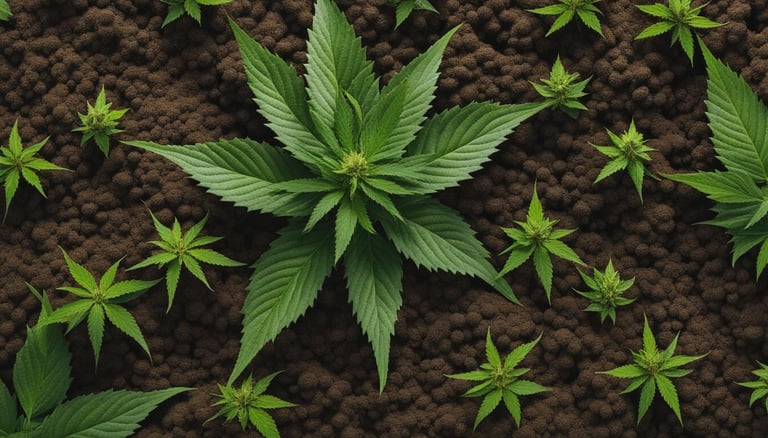
Autoflower Week By Week Pictures: Life Cycle Guide
Autoflowering strains are awesome – they can go from seed to harvest in as little as 8 weeks! Whether you’re new to growing or…

Autoflowering strains are awesome – they can go from seed to harvest in as little as 8 weeks! Whether you’re new to growing or…

As a gardening enthusiast, I have discovered that soil quality is the key to cultivating healthy and robust plants. Organic Super Soil has been…

More and more people are growing their own cannabis plants. If you want your plants to grow well, it’s important to give them the…

VPD monitoring is crucial for maintaining plant health and optimizing yields. By selecting the right equipment for VPD monitoring, growers can accurately measure and…

Hey there, fellow cannabis enthusiasts! We’ve all got our go-to ganja, but have you ever wondered which weed strains are the best? Please pull…

Vapor Pressure Deficit, or VPD, is a crucial factor in hydroponic plant growth. By understanding VPD and learning how to calculate it, growers can…

Importance of Understanding the Marijuana Plant Stages of Growth Understanding the different stages of the marijuana plant life cycle is essential for home and…

Earth is experiencing a global increase in atmospheric vapor pressure deficit (VPD) due to climate change. This increase in VPD has been associated with…

Vapor Pressure Deficit (VPD) is a crucial factor that influences plant growth and productivity. Understanding the optimal VPD range for different plant growth stages…

Growing cannabis can be a tricky business. It requires a lot of care and attention to detail. One of the most important factors in…

Are you interested in growing cannabis but don’t have the luxury of a long growing season? Do you want to grow marijuana discreetly in…

Autoflowering strains have become increasingly popular among cannabis cultivators, especially those who prefer growing outdoors. These strains are the best outdoor autoflower seeds chosen…